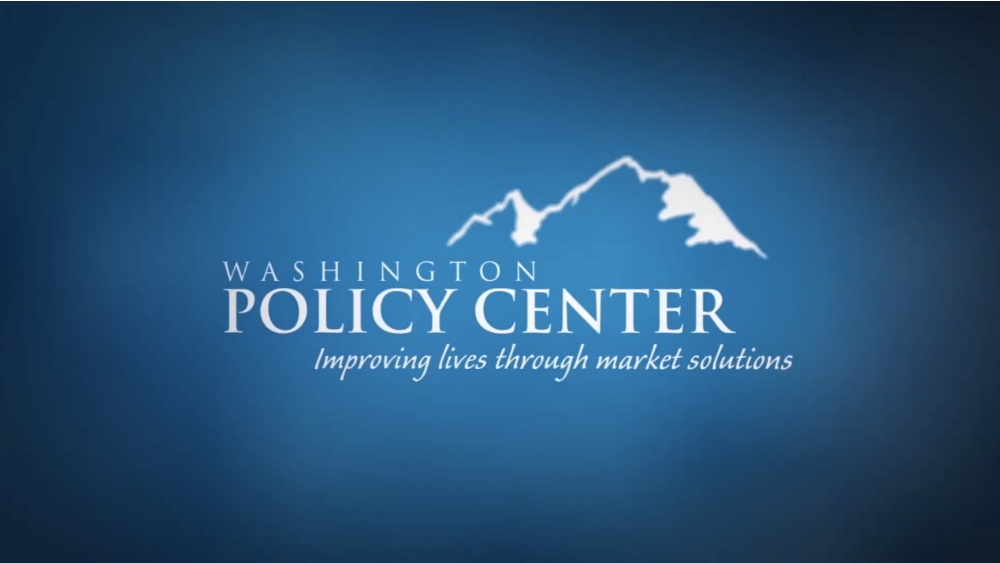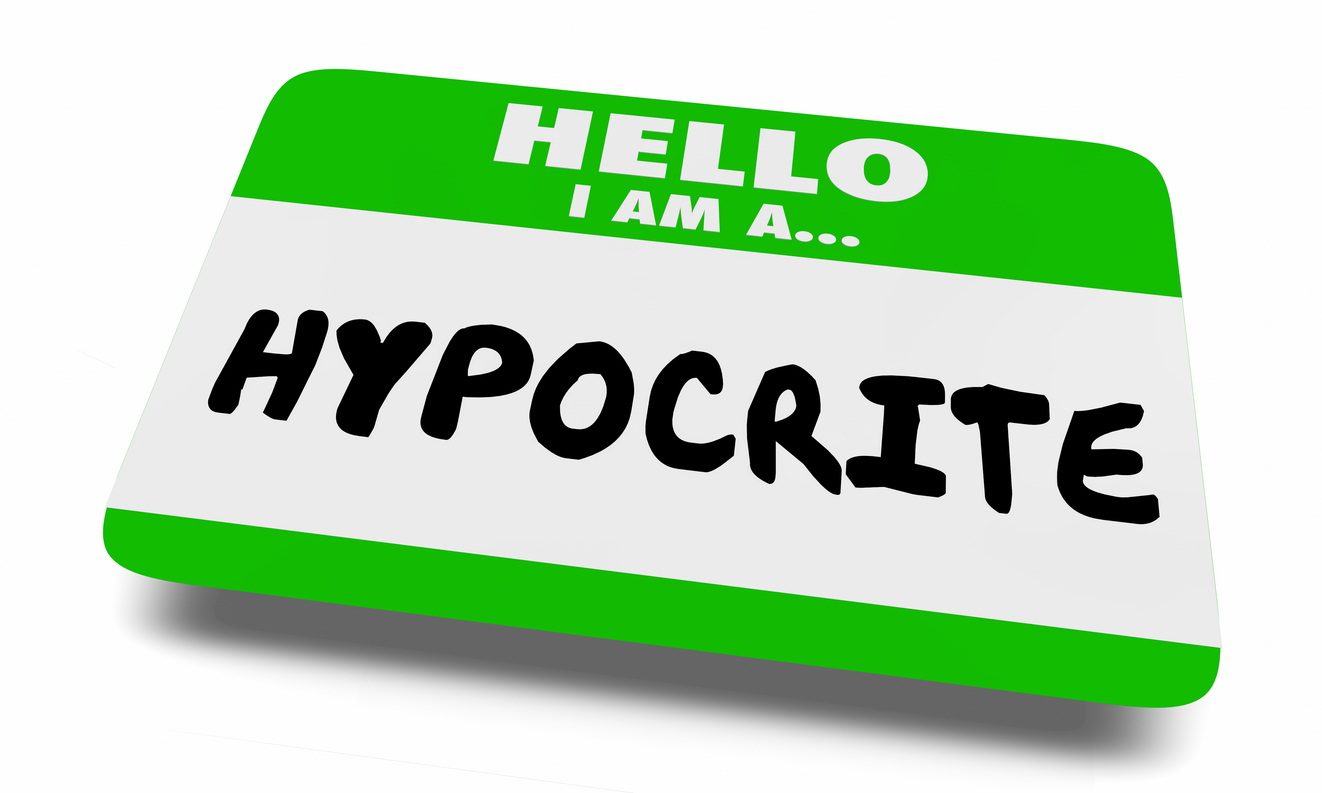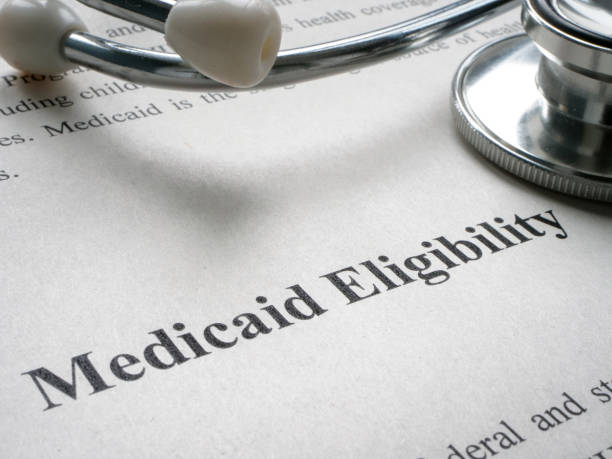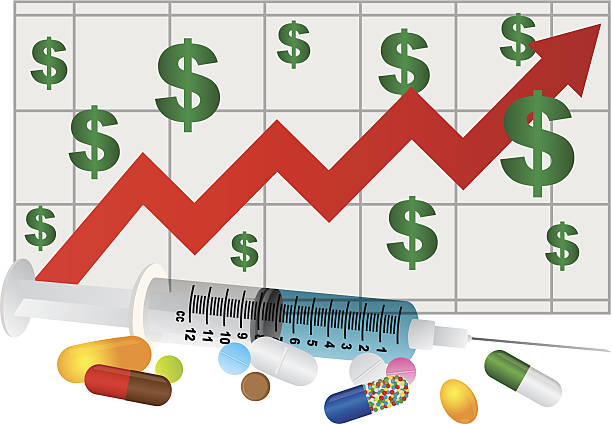In November, Washington voters will see on the ballot a proposed initiative that would add roughly $1 billion annually to the state's education spending. Unlike past education initiatives to reduce class sizes and increase teacher pay, Initiative 884 includes its own funding mechanism. The additional $1 billion would come each year from a permanent 15% increase in the state sales tax, raising the tax rate from 6.5% to 7.5%.
A rate of 7.5% would give Washington the highest state tax in the country and, when combined with local sales taxes, means residents in many cities would pay close to 10% in tax on most purchases. For example, under the initiative much of King, Pierce and Snohomish counties would have a sales tax of 9.8% or more, while cities in Benton, Clallam, Franklin, Grays Harbor, Island, Kitsap, Mason, Thurston and Walla Walla counties would have a combined sales tax of 9.3%.
In practical terms, the increased sales tax would mean paying $93 more a year in taxes for people making less than $20,000 a year, $161 more a year for people making between $30,000-$40,000 and $263 more for people making between $60,000-$70,000. Because of the regressive nature of the sales tax, the higher burden would fall disproportionately on low-income families. The state's poorest citizens would pay an additional 0.8% of their income in taxes, while citizens at the highest income level would pay only 0.3% more.
Higher taxes, of course, means a heavier burden placed by government on the productive economy. The pervasive nature of the sales tax means every part of the state would be effected. Overall, a permanent 1% increase in the sales tax rate would reduce the growth of personal incomes and lead to approximately 10,000 fewer jobs in Washington, with the retail sector being the most affected.
Having reviewed the costs, it is just as important for voters to look at the benefits. The funds raised under Initiative 884 would create a trust fund for education, used annually to bolster funding for preschool education, kindergarten through 12th grade and higher education. Of the $1 billion that the Initiative is projected to raise annually, $500 million would go to K-12 education, $400 million would go to higher education and $100 million to preschool education.
These figures are only meaningful, though, in light of what we are spending on education now. Over the last two decades state and local spending on education has risen sharply, while the number of students in public schools has increased at a much slower rate. Public spending on elementary and high school education has increased 94%, adjusted for inflation, rising between 1980 and 2000 from $3.96 billion to $7.67 billion. Yet while spending almost doubled, the number of elementary and high school students increased only 32%. Similarly, higher education spending also almost doubled over the same period, increasing 98% in inflation-adjusted dollars, from $1.68 billion to $3.33 billion. Yet during this time the number of students in state colleges and universities rose only 2.6%.
A key part of the public debate involves comparing Washington's education spending with that of other states. There are several ways to measure spending, so voters will have to decide which is best. For example, Washington ranks 34th highest among states in spending per student, but we rank 15th highest for education spending per capita. Looking at another measure, Washington pays its teachers better than 32 other states, with the average teacher in Washington making $45,429 annually for a nine-month academic year.
Another factor being debated is how public school spending compares with private schools. Initiative supporters say that Washington public school spending is less than private school spending. Currently, about $9,454 is spent per year on each kindergarten through 12th grade student attending a public school. Private schools in Washington spend between $5,096 and $7,609 for grades one through eight, and between $8,250 and $9,749 for high school students. So educating private school students actually costs significantly less than in the public system at the elementary and middle school level and costs about the same for high school.
If passed, Initiative 884 would be perhaps the biggest single increase in education funding ever enacted. The question for voters is whether the benefit to students, teachers and the quality of our education system in general is worth the significant cost in terms of a higher tax burden and the resulting jobs losses and lower personal incomes.




